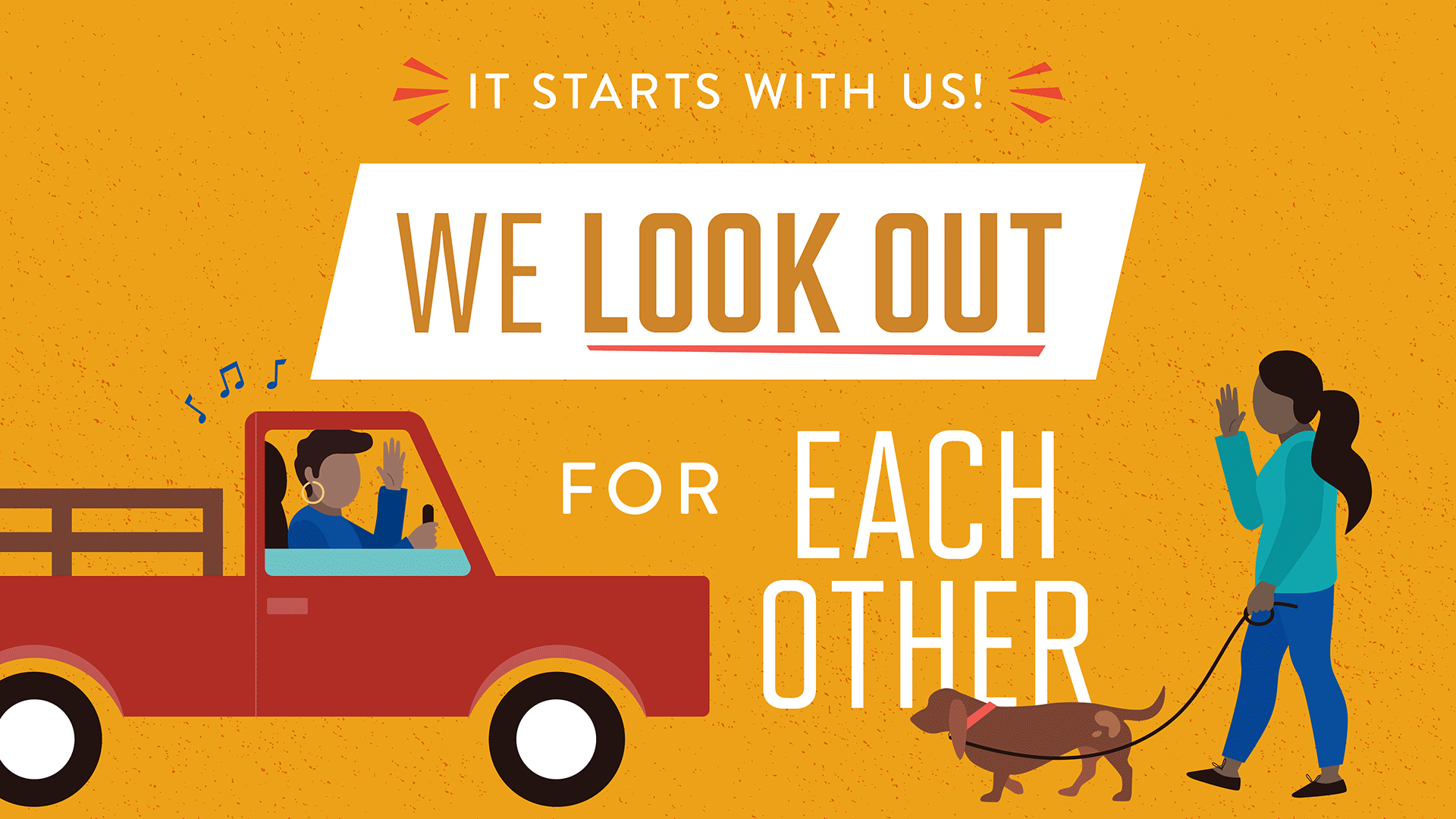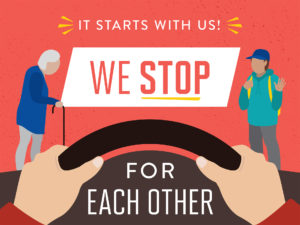
The City of Lawrence Neighborhood Traffic Management Program, established via Resolution 7272 and revised via Resolution 7522, is a comprehensive initiative that aims to maintain or improve existing neighborhood environments through the application of the 5 Es; Education, Encouragement, Enforcement, Evaluation and Engineering.
The Neighborhood Traffic Management Program uses a comprehensive approach to address unsafe driving on the City’s neighborhood streets. This includes:
- Speed limit reductions on neighborhood streets
- Community outreach and media campaign
- Traffic law enforcement and education
- Temporary engineering solutions
- Evaluation with each approach
Call for Traffic Calming Projects
The next call for potential traffic calming projects is now open. Submissions will be accepted through July 31st, 2024, to be considered for this year’s program.
Please complete the Statement of Interest and Statement of Support forms and submit to the Municipal Services & Operations Department at saferspeeds@lawrenceks.org for consideration of your traffic calming project by 5pm on the date to be determined later.
All projects submitted for consideration will be evaluated according to the revised Neighborhood Traffic Management Program Policy and Traffic Calming Process described in the following documents:
Here are some existing data sources that may be useful while developing a statement of Interest for a traffic calming project:
Previous Efforts
Neighborhood Streets Speed Limit Reduction
25 mph speed limit signs were installed and implemented on all neighborhood streets in Lawrence in 2021. This change took place following a survey asking Lawrence residents about their preference for residential streets speed limits. Survey results showed that more than half of the 551 respondents preferred the speed limit be lowered from 30 mph. In March 2020, the Multi-Modal Transportation Commission voted unanimously to forward a recommendation to the City Commission to change the local speeds to 25 mph. In October 2020, the City Commission approved Ordinance No. 9812 to lower the speed limit.
Safer Neighborhood Speeds Campaign
The City of Lawrence launched the Safer Neighborhood Speeds education campaign in January 2021. The campaign’s overarching goal is to improve safety on neighborhood streets in Lawrence and focuses on reminding people driving to slow down, look out for others, and stop for people wanting to cross the street. The campaign closed in Fall of 2021 and a final report was presented to the Multi-Modal Transportation Commission in December 2021.
Neighborhood Traffic Management Pilot Program
Lawrence is taking a fresh approach to addressing traffic-related concerns within residential areas throughout the city. This pilot program aims to improve the quality of life by reducing speeding and cut-through traffic on local and collector streets. Other concerns related to traffic safety involving pedestrians, bicyclists and motorists may also be addressed with this program.
Managing local traffic to enhance safety can be accomplished through a wide range of strategies including enforcement, education or physical infrastructure changes. Tools to involve in these strategies include automated speed radar signs, curb extensions/neckdowns, chicanes, speed cushions, traffic circles or mini-roundabouts, raised pedestrian crosswalks, signage, and more. Each of these strategies and tools are evaluated on a case-by-case basis and will consider type of street, surrounding land use, and existing traffic volumes of all modes.
The Old West Lawrence neighborhood was selected as the area for the pilot program.
Old West Lawrence Traffic Calming Pilot Project
City staff worked with residents of the Old West Lawrence neighborhood to address traffic concerns while considering neighborhood preferences for traffic calming treatments. An archive of the Old West Lawrence Traffic Calming Pilot Project efforts is available here.
The implementation of the pilot traffic calming project progressed throughout the latter half of 2021 and continued into the Fall of 2022. The pilot traffic calming project included continuous collaboration with representatives from the Old West Lawrence neighborhood Traffic Safety Team, traffic engineering services from JEO Consulting Group, and a thorough public engagement process. During the project, three traffic calming plans were designed, implemented and evaluated using before/after traffic data and feedback heard from the public via two Lawrence Listens surveys and a virtual pubic meeting.
The third temporary traffic calming configuration was installed in October 2022 based on the recommended plan from the members of the Old West Lawrence neighborhood Traffic Safety Team. The map of the installation is available here to review. The before and after data on the third configuration is available here to review. A Lawrence Listens survey was conducted to collect feedback from residents on the third temporary traffic calming configuration. The results of the survey are available here.
The project team presented the findings from the third configuration and a recommendation for next steps to the Multi-Modal Transportation Commission (MMTC). The MMTC recommended permanent installation the third traffic calming plan, consisting of 8 speed bumps, 2 speed cushions, and 6 chicanes in 2023 and 7 traffic circles in 2024 at their March 6, 2023 meeting. The City Commission will consider approving to proceed with design of the permanent traffic calming installations in Old West Lawrence and authorize the City Manager to execute the supplemental agreement with JEO for design at their April 18, 2023 meeting.For more information on previous versions of the traffic calming installations, you can review the below documents.




